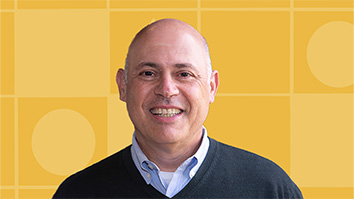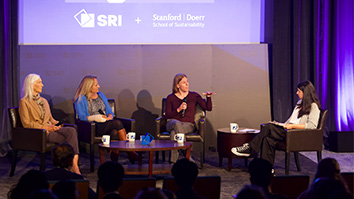Citation
Penuel, W.R., McWilliams, H., McAuliffe, C. et al. Teaching for Understanding in Earth Science: Comparing Impacts on Planning and Instruction in Three Professional Development Designs for Middle School Science Teachers. J Sci Teacher Educ 20, 415–436 (2009). https://doi.org/10.1007/s10972-008-9120-9
Abstract
This paper compares and contrasts the impacts of three professional development designs aimed at middle school Earth science teachers on how teachers plan and enact instruction. The designs were similar in their alignment to research-based practices in science professional development: each design was of an extended duration and time span, included follow-up support to teachers, and incorporated active learning approaches in the professional development. In addition, the designs had a high level of coherence with other reform activities and with local standards. The main difference among the designs was in the roles of teachers in designing, adopting, or adapting curriculum materials. Evidence from teacher survey and observation data indicated that all programs had positive impacts on how teachers planned and enacted teaching for understanding, but differences among programs was more evident in their impacts on instructional planning.


